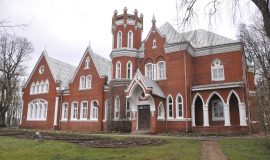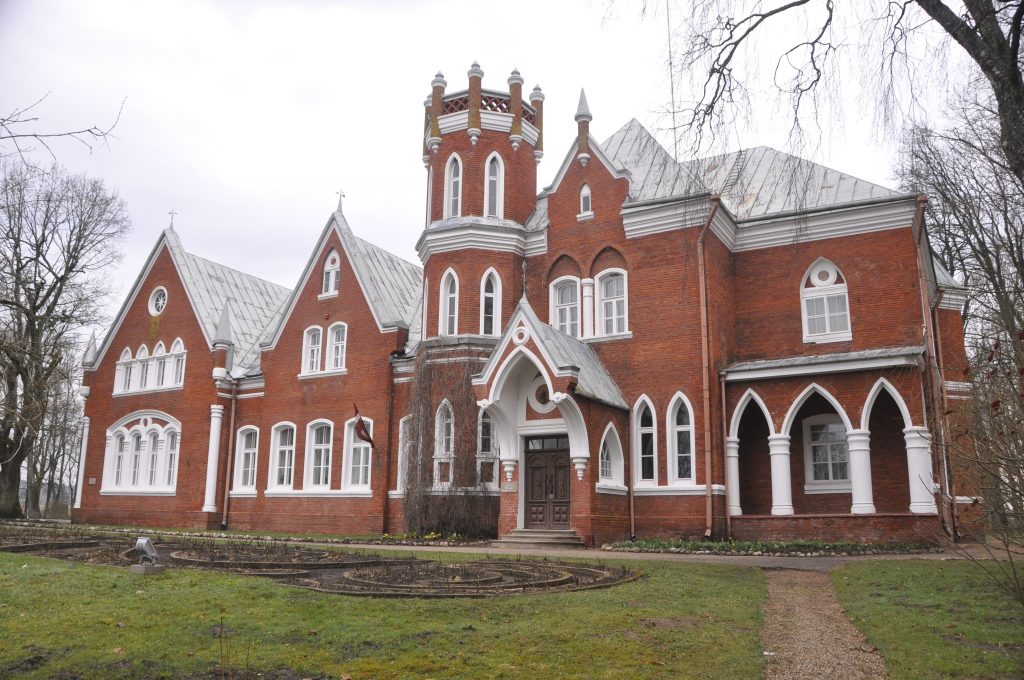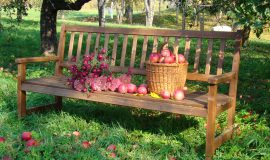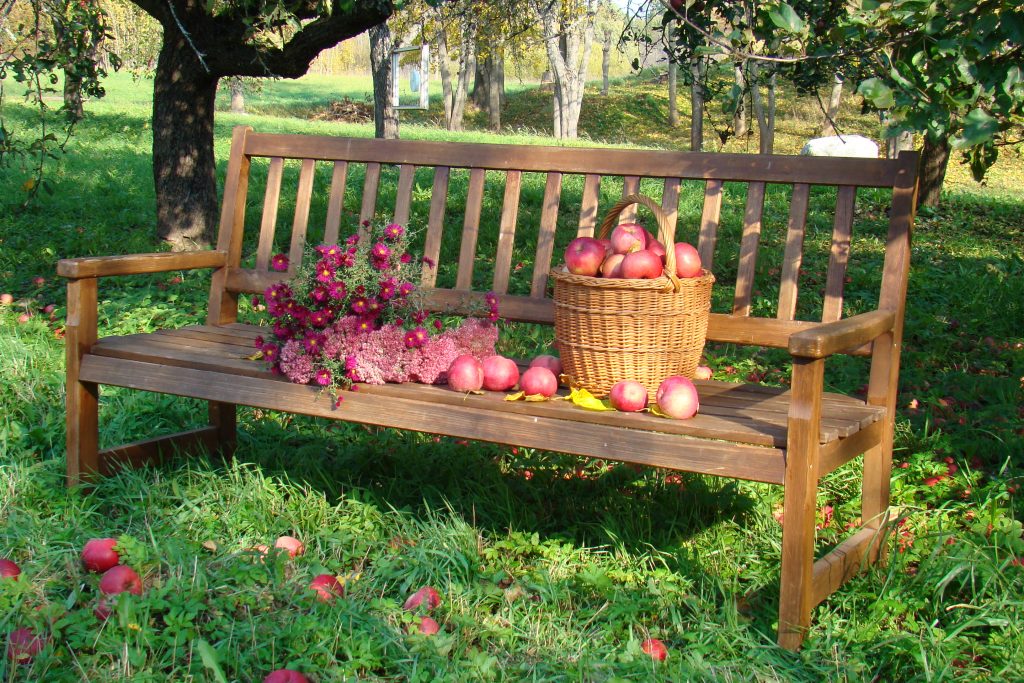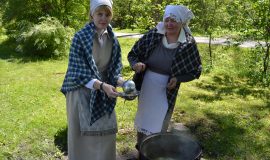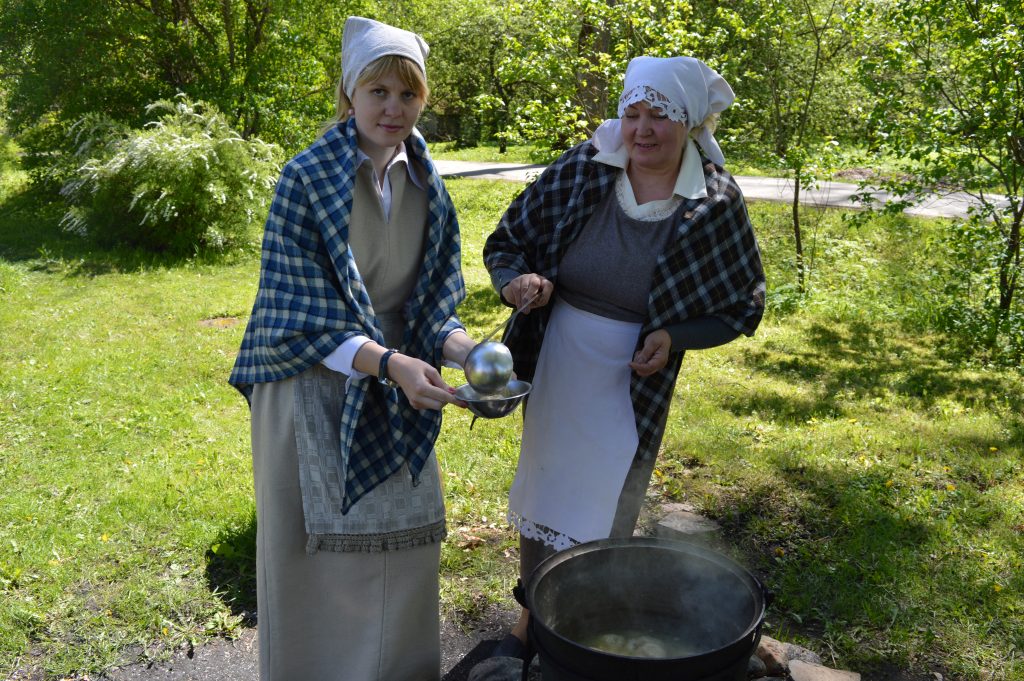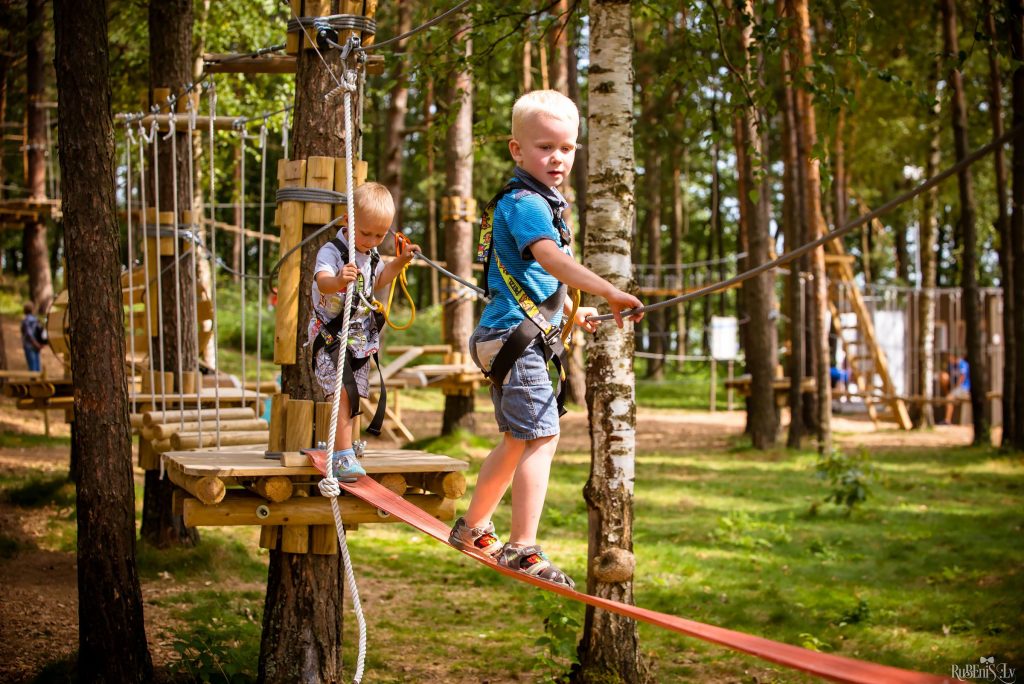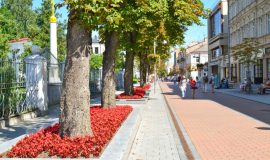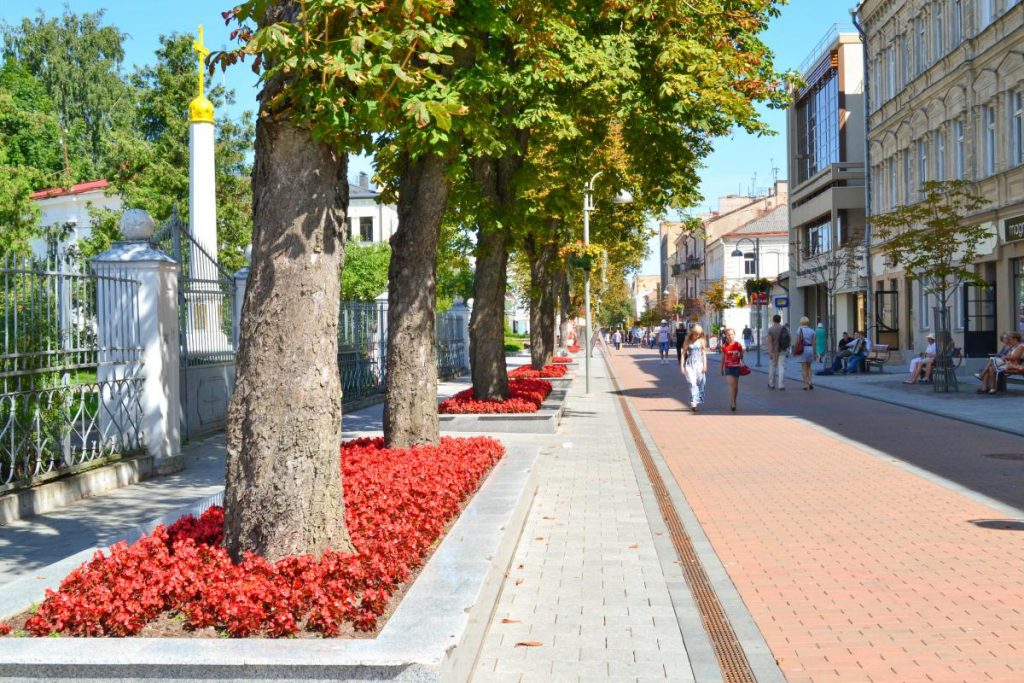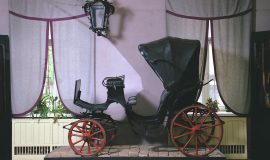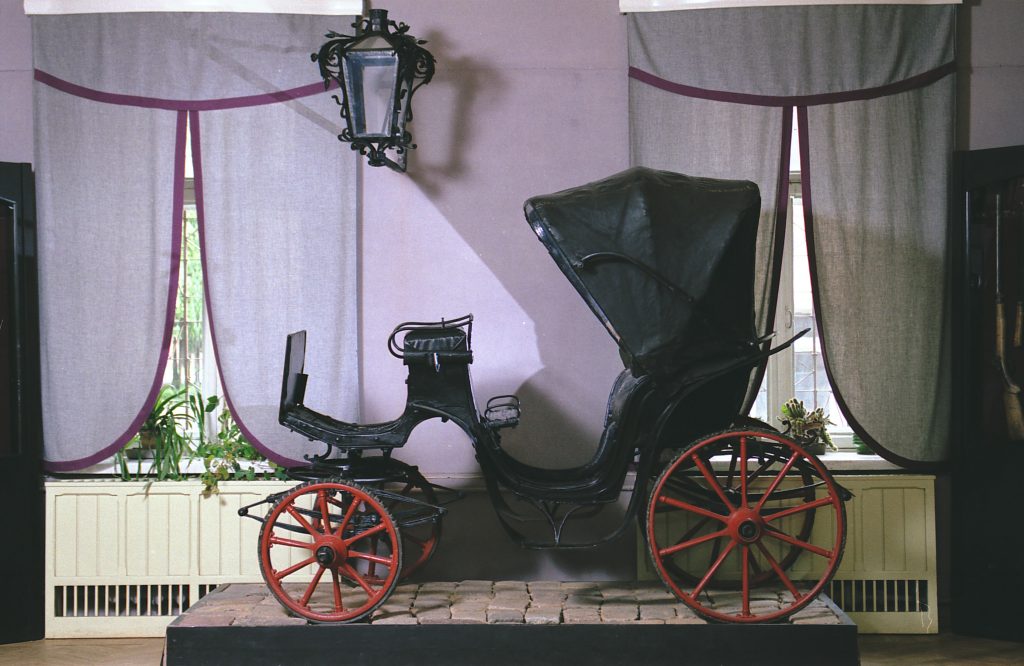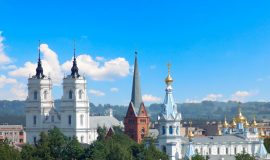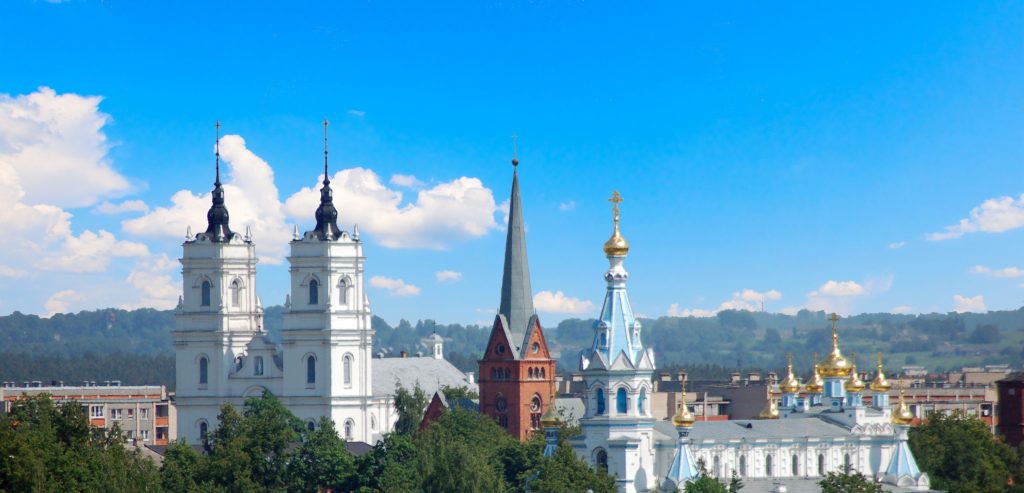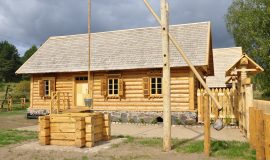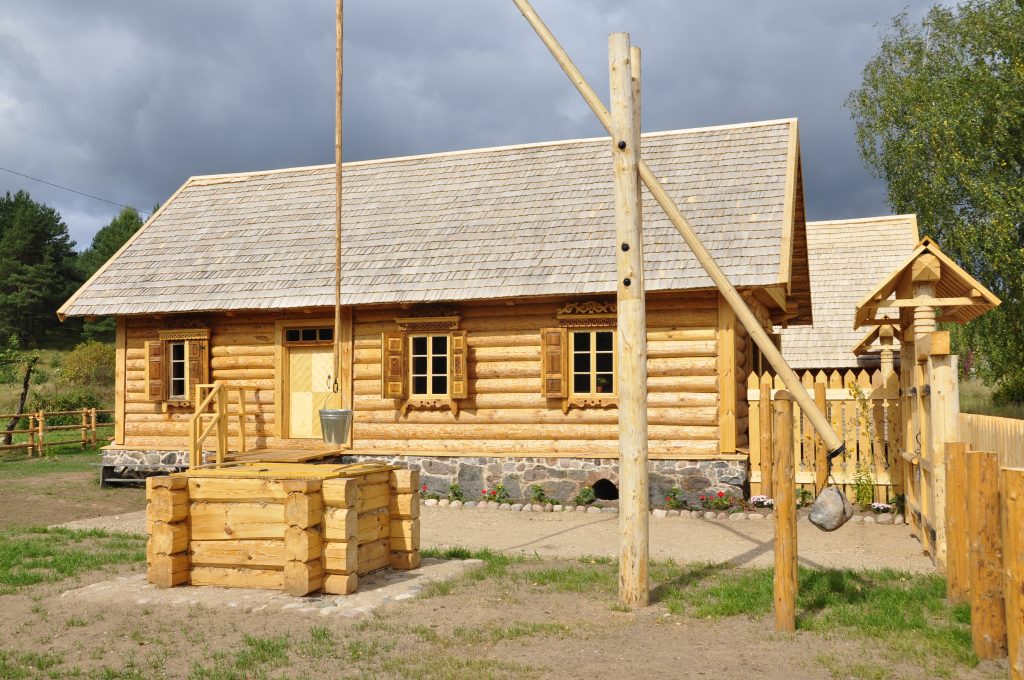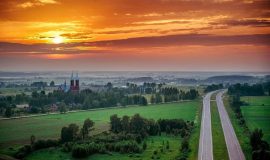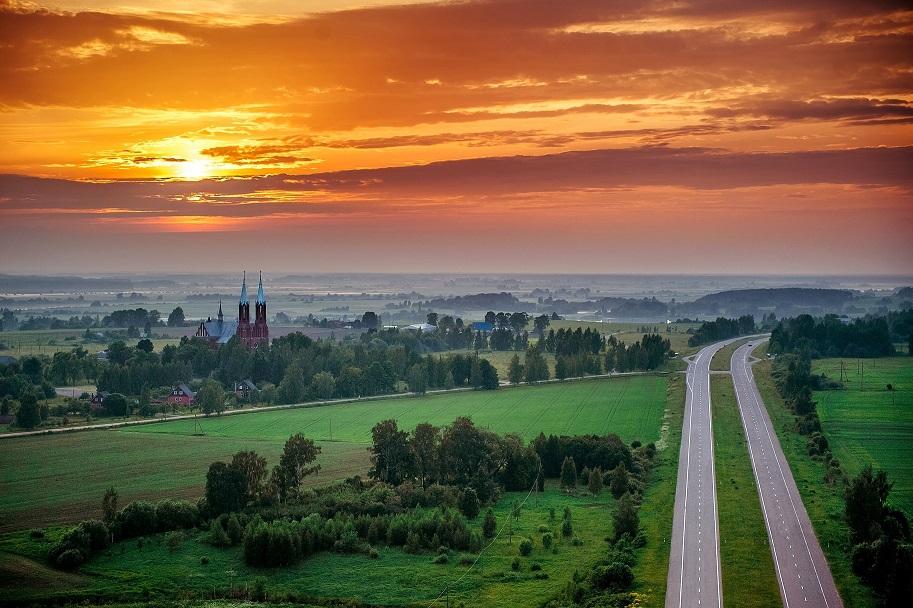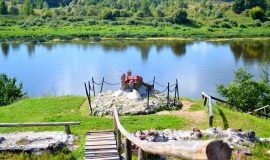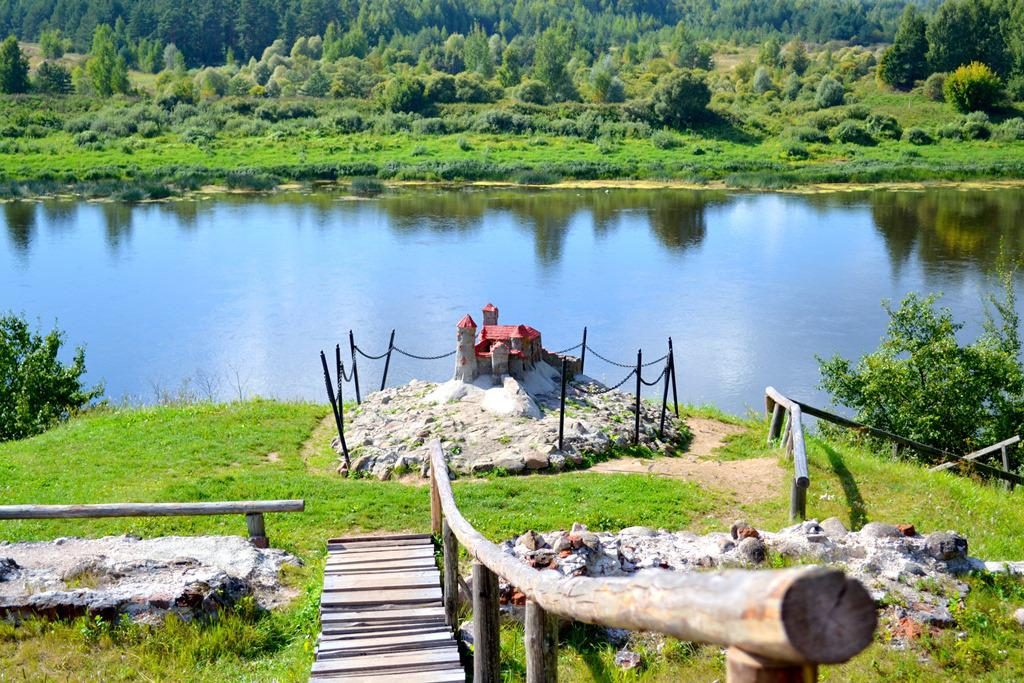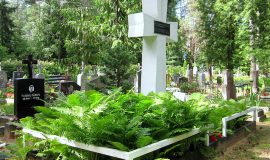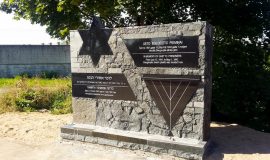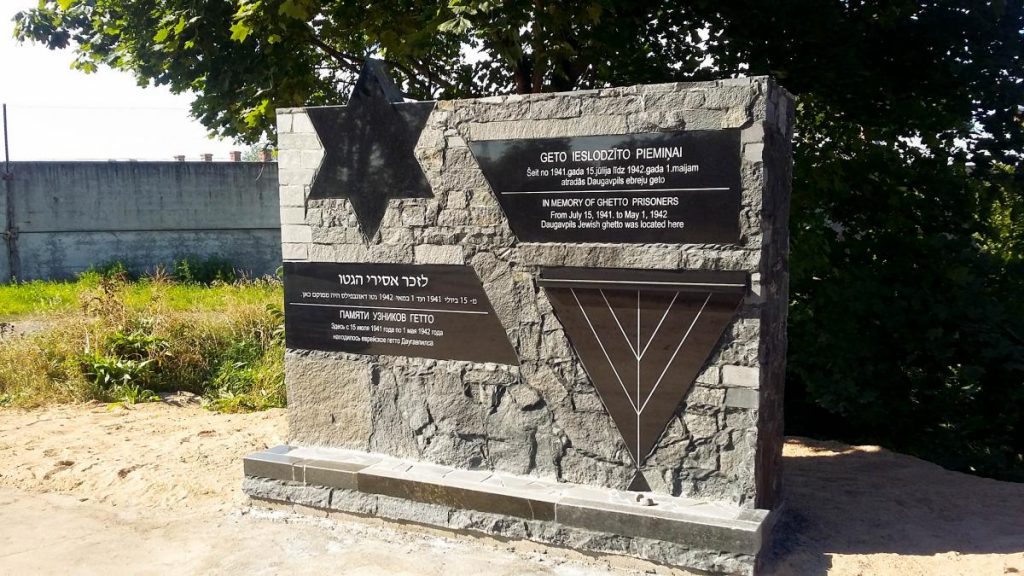1. Buildings of Mols manor and park
Viski, Viski parish, Augsdaugava region
The building was established in the late 19th century. The castle was built for the birth of Polish landlords – Mols. It was the castle with two towers. The castle was destroyed during the World War I. The barn, the shed and the 2-storeyed living building as well as the open-planed park, where you can observe 75 species of trees and shrubs, have survived till nowadays.
Apple Taste Way
Have a look into the working process of the modern farm and agricultural product processing, visit Rainis House in Berkenele where the poet’s personality and worldview began to form and the first verses were born. Find out about farming in the Berkenele apple garden in Rainis childhood times and nowadays.
Visit to the Ancient Craft Masters
Get to know local craftsmen and rural producers’ work, visit lots of farmsteads and Skrinda Family Museum of Vabole. Try your hand in ancient crafts: weaving, woodcarving and smithcraft. Dare to shoot a bow and arbalest, treat yourself with local delicacies during the excursion route and taste a traditional meal of Vabole.
“Let’s go to Daugavpils!” School Excursion
In anticipation of the long-awaited school vacation, a tourist route for pupils “Let’s go to Daugavpils!” offers ideas where to go on a small family trip or an organised group excursion during the spring or autumn holidays. This route aims to diversify the learning process and will help to gain new knowledge.
Open the history of Daugavpils!
This route is designed to explore the Daugavpils, the second largest city in Latvia. The historical centre of Daugavpils city is an architectural heritage of national importance (the construction work was carried out in the 19th century according to the project endorsed in St Petersburg in 1826). Daugavpils is one of the few cities in Latvia which can pride itself on a unified ensemble of both classic and eclectic styles.
Take a look at the hope chest of the Daugavpils Museums!
We invite you to visit Daugavpils Museums and to explore the cultural and historical heritage that is preserved for a long time. Museums are usually the places that invite us to explore the history, traditions, culture and the identity.
Sacral pearls of Daugavpils
This route will help to get acquainted with the sacral heritage of Daugavpils – holy places and churches of the main religious confessions. A variety of churches of different confessions contribute to the city panorama with its diversity of architectural styles, from Baroque and Neo-gothic to the Byzantine style.
Lunch in a Village of Prosperous Old Believers
In the forest, on the right bank of Daugava – River of Destiny Slutiski Village is situated. Latgalian Old Believers used to settle in Slutiski from the beginning of the 18th century, hiding behind the Markova Hillfort “back”. Visit the village, breathe fresh air and admire the landscapes of the Daugava River, find out more about Old Believers lifestyle and habits, as well as taste a meal in Old Believers’ style.
Along the Steps of Earls Plater-Zyberk in Daugavpils and its Surrounding
Grāfu Plāteru dzimtas izcelšanās meklējama viduslaiku Vācijā, Vestfālē, kad 1210.gadā pirmo reizi tiek minēts Vestfāles bruņinieks Humberts fon Plāters. Plāteru senči Baltijā ieradās kopā ar krustnešiem. Apmetušies Latgalē, viņi asimilējās un pieņēma poļu kultūru, veidojot radniecīgas saites ar Zībergu dzimtu. Laika gaitā Plāteri-Zībergi kļuva par vienu no ievērojamākajām un ietekmīgākajām dzimtām Latgalē. Viņu īpašumi atradās ne tikai Latgalē, Vidzemē un Kurzemē, bet arī Polijā un Lietuvā. Par Plāteru-Zībergu līdzekļiem uzbūvētas vairākas muižas, pilis, baznīcas, ierīkoti parki, kas ir saglabājušies arī pašreizējā Daugavpils un Ilūkstes novada teritorijā. Šis grāfu Plāteru-Zībergu devums ir neatņemama kultūrvēsturiskā mantojuma sastāvdaļa un arī nozīmīgi apskates objekti, kas ceļojuma laikā sniedz neaizmirstamus iespaidus.
Visit Daugavpils and discover the old Dinaburg!
This route gives an opportunity to get acquainted with the city and nature park “Daugavas loki” (Daugava Valley) where located Vecpils Castle mound and the Dinaburga Castle ruins. You can see the ruins of the foundation of Dinaburg castle, built in 1275 and a model of castle.
Polish Army Divisions in Battles for the Independence of Latvia
Units of Polish Army entered Latvia in the end of August 1919 and after a month completely pushed back Red Army from the left bank of Daugava thus fortifying their position in Eastern part of Ilukste district. On 3 January 1920 together with Latvian Army units I and III Legion divisions of Polish Army launched the attack over Daugava. At the same day they liberated Daugavpils and later – Kraslava, Viski, Rusona, Dagda and other towns and villages. Fighting together with Kurzeme Division units of Latvian Army groups of forces of Polish General E.Rydz-Śmigły until February liberated Southern Latgale, but in 1920 left Latvia. Choosing this tour route the interesented ones have an apportunity to get acquainted with resting places of Polish soldiers.
Jewish Heritage in Daugavpils
A significant part of the population of Daugavpils had been Jews since the beginning of the 16th century. Therefore, Daugavpils is a place where outstanding Jews such as Mark Rothko, Solomon Mikhoels, Oskar Strok, Gzegoz Fitelberg and other came from. This route offers to learn about the history, culture and religion of the Jews, as well as to know more about the Holocaust.


